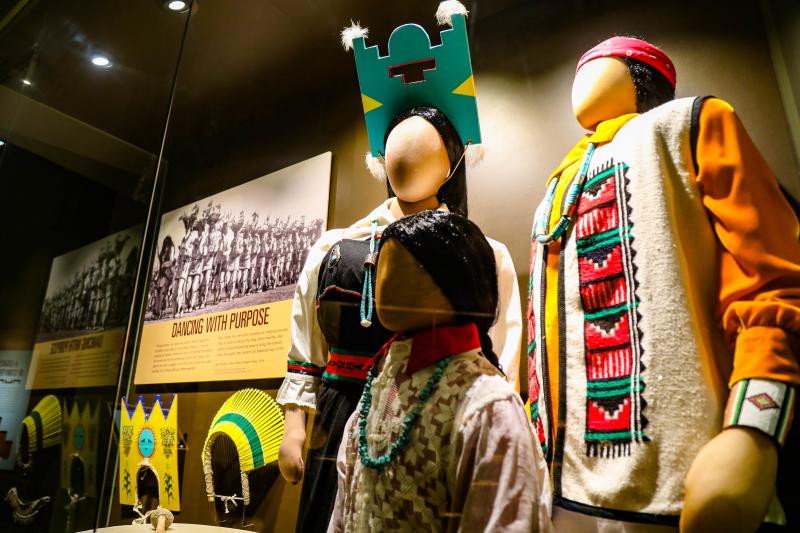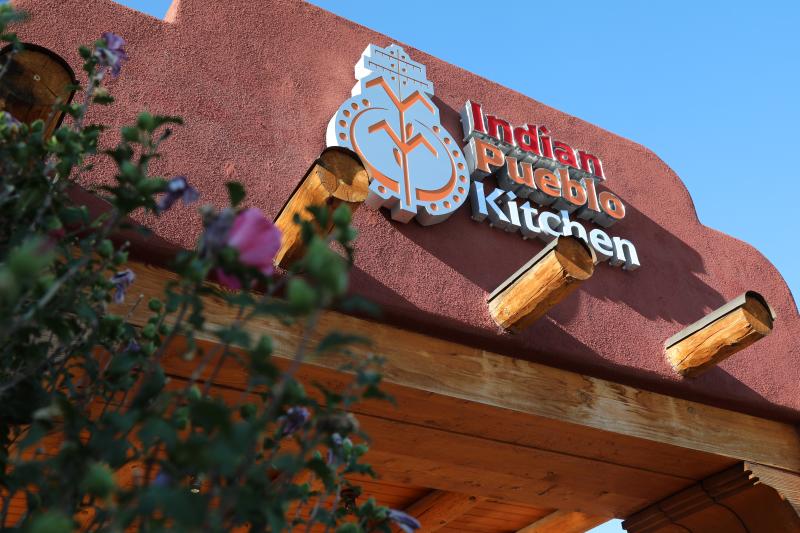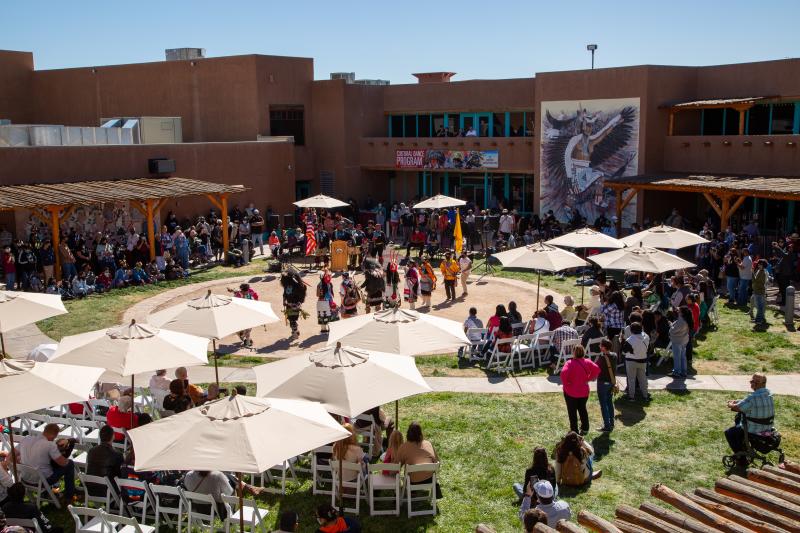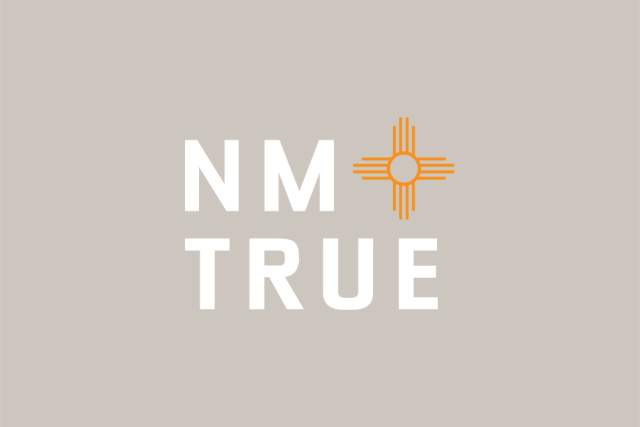The Indian Pueblo Cultural Center builds upon its past to provide a promising future.
In 1976, the 19 sovereign Pueblos of New Mexico came together for a new purpose: opening a museum dedicated to showcasing Puebloan art and culture that would stand the test of time.
“[Our goal is to] develop the property for our children’s children,” says Monique Fragua, chief operating officer of the Indian Pueblo Cultural Center (IPCC), in Albuquerque. “It’s a legacy we’re creating not just for our visitors today.” By 1982, the IPCC opened on 80 acres of land that had served as the Albuquerque Indian School for nearly a century and hosts a rich experience for visitors to learn about Puebloan food, art, dance, craft, and culture for a day or entire weekend.

Start with the museum’s permanent exhibition, We Are of This Place: The Pueblo Story, as a primer on Pueblo history, culture, and art, which are often informed by the unique characteristics of each tribe’s land. For example, Acoma Pueblo’s pottery, with its characteristic extra-fine drawings, are painted with the tip of a yucca spine across stark white surfaces matted by sandstone. Knowledgeable Native staff members are also on hand to explain each piece’s significance, inherent purpose, and symbolism.
Rotating exhibits populate the Artists Circle, Art Through Struggle, and South galleries. Through May, the exhibit Birds and Feathers: Their Beauty Within our Traditions showcases how birds and feathers represent an extremely important form of expressing thanks, respect, and honor to Mother Earth. The exhibit will be a combination of imagery, pottery, and words describing their beauty within the 19 Pueblos of New Mexico. “There’s a lot of initiatives happening and a lot of energy behind Indigenous education,” says Fragua. “We’re sharing the Native perspective.”

Visitors can engage with contemporary Native culture and cuisine at IPCC’s Indian Pueblo Kitchen, where menu items include favorites like hearty bison cabbage stew, elk chili , and Native superfood waffles made with blue corn, quinoa, currants, and piñon. Fragua sees the sense of pride in the culinary delights of Indian Pueblo Kitchen as indicative of the entire IPCC operation. “This is such a welcoming place, it feels different,” she says. “It’s that ownership and pride our team takes.”
Indeed, there’s much to celebrate at IPCC. Every weekend, the courtyard showcases dance groups from the 19 Pueblos and neighboring tribal nations. These social dances are meant to be shared with the public and often include a Round Dance that invites visitors to participate. The courtyard also provides space for Native artists to display and sell their authentic works directly to guests.

In addition, the IPCC has expanded beyond its campus to the neighboring Avanyu Plaza, an economic hub for entrepreneurs and employment for Pueblo and local community members. Located on 12th Street just north of I-40, the development includes La Montañita Food Co-op; Rainwater Wellness, a spa and healing space that offers soak tubs, massage, Reiki healing, and yoga; and Mama’s Minerals, a gem, bead, and gift shop. The only Starbucks in the United States licensed to a Native American-owned company features Pueblo-inspired architecture and commissioned art, two kiva fireplaces, and a community meeting room.

Before you depart, take a few extra moments to admire the symmetry and gentle curves of the museum’s earth-toned architecture and the way that the building’s design captures the colors of the nearby Sandía Mountains , and the thriving communities beyond.
“Sometimes, people see Native Americans as people of the past,” says Fragua. “We hope that they can come to IPCC and have that reframed into a new narrative.”

